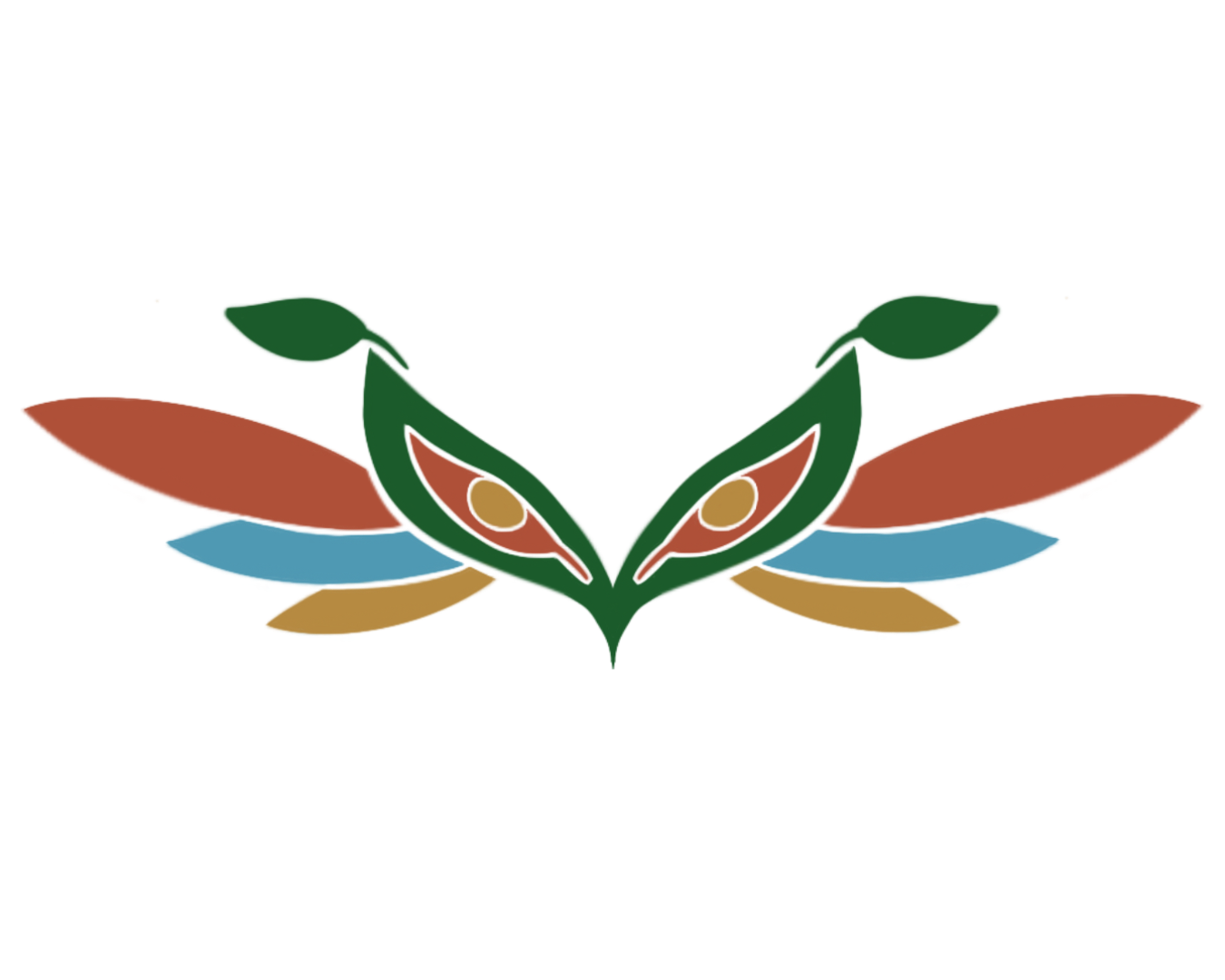Human Trafficking
The United Nations defines human trafficking as “the recruitment, transportation, transfer, harboring, or receipt of people through force, fraud or deception, with the aim of exploiting them for profit.”
The International Labor Organization (ILO) estimates that 27.6 million people are in forced labor trafficking situations worldwide on any given day in 2024 – this includes about 3.9 million people who are in state-imposed forced labor (for example, in military conscription or prison labor) as well as those trafficked in the supply chains of international businesses supplying our goods and services (Anti-Slavery International). The UN reported in 2020 that “Although found in every country and every region, trafficking in persons remains a hidden crime, with perpetrators operating in the dark corners of the internet and the underbelly of the global economy to entrap victims for sexual exploitation, forced labour, domestic servitude and other forms of exploitation.”
For every 10 victims of human trafficking detected globally, five were adult women and about two were girls. Most of the detected victims of trafficking for sexual exploitation (91%) are women. Women and girls represent 65% of all trafficking victims globally, and migrants account for a significant portion of those trafficked in most global regions.
The American Psychological Association reported in 2023 that human trafficking can cause a loss of basic human rights, loss of one’s childhood, disruption in families, and severe mental health consequences, including anxiety disorders, post-traumatic stress disorder (PTSD), depression, and substance abuse. Women who have been trafficked for sex have higher levels of fear, are more isolated, and have greater trauma and mental health needs than other victims of crime.
Recent research gathered in a study of contemporary slavery in armed conflict has also revealed that human trafficking was present in 90% of the 171 wars and conflicts that took place between 1989 and 2016. Additional crises such as the COVID-19 pandemic and climate change further exacerbate these risks, together with poverty and economic insecurity, displacement and lack of access to safe migration pathways, and exposure to multiple forms of gender-based violence.
State solutions such as the Stay Out of Areas of Prostitution (SOAP) law typically lead to increased criminalization and do not address the root problems that lead to women engaging in exploitative industries – not always by choice. Such measures even criminalize one for “loitering for the purpose of prostitution, which could apply to sex traffickers, but also to friends and families of sex workers who are simply giving them a ride” (The Urbanist).
In this ongoing pandemic as economic crises around the world push women into dangerous situations in order to ensure their family’s livelihood, women are treated as commodities, traded between nations, and neglected by their home countries and host countries. More traffickers are being brought to justice every year – globally, the number of people convicted for trafficking per 100,000 population has nearly tripled since 2003, and having anti-trafficking legislation in place while investing in national capacities and international cooperation strengthens responses. Even as global crises put resources under pressure, there needs to be concerted efforts from communities and governments on the local and international scales to deepen study of trafficking risks toward addressing them. Locally, the Washington State Anti-Trafficking Response Network is a coalition of non-governmental organizations (in Seattle: API Chaya) that provide direct services to survivors of human trafficking and seeks to improve responses to human trafficking. Human trafficking should not be a norm in our society.
References
Bahous, S. July 30, 2022. “Statement: Crises drive an increase in human trafficking -- Here’s how we stop it.” United Nations Women. https://www.unwomen.org/en/news-stories/statement/2022/07/statement-crises-drive-an-increase-in-human-trafficking-heres-how-we-stop-it
“Forced Labour.” International Labour Organization. https://www.ilo.org/publications/forced-labour
“Global Report on Trafficking in Persons.” January 15, 2020. United Nations Office on Drugs and Crime.https://www.unodc.org/documents/data-and-analysis/tip/2021/GLOTiP_2020_15jan_web.pdf
Novotney, A. April 24, 2023. “7 in 10 human trafficking victims are women and girls. What are the psychological effects?” American Psychological Association. https://www.apa.org/topics/women-girls/trafficking-women-girls
“Slavery in supply chains.” Anti-Slavery International. https://www.antislavery.org/slavery-today/slavery-in-global-supply-chains/
Smith, A, Datta, M.N., Bales, K. July 26, 2022. “Contemporary slavery in armed conflict: Introducing the CSAC dataset, 1989–2016.” Sage Journals. https://journals.sagepub.com/doi/full/10.1177/00223433211065649
Sundberg, A. August 20, 2024. “Seattle Council Seeks to Ban People Charged with Drug Crimes from Swaths of City.” Urbanist, The. https://www.theurbanist.org/2024/08/20/seattle-council-seeks-soda-soap/
